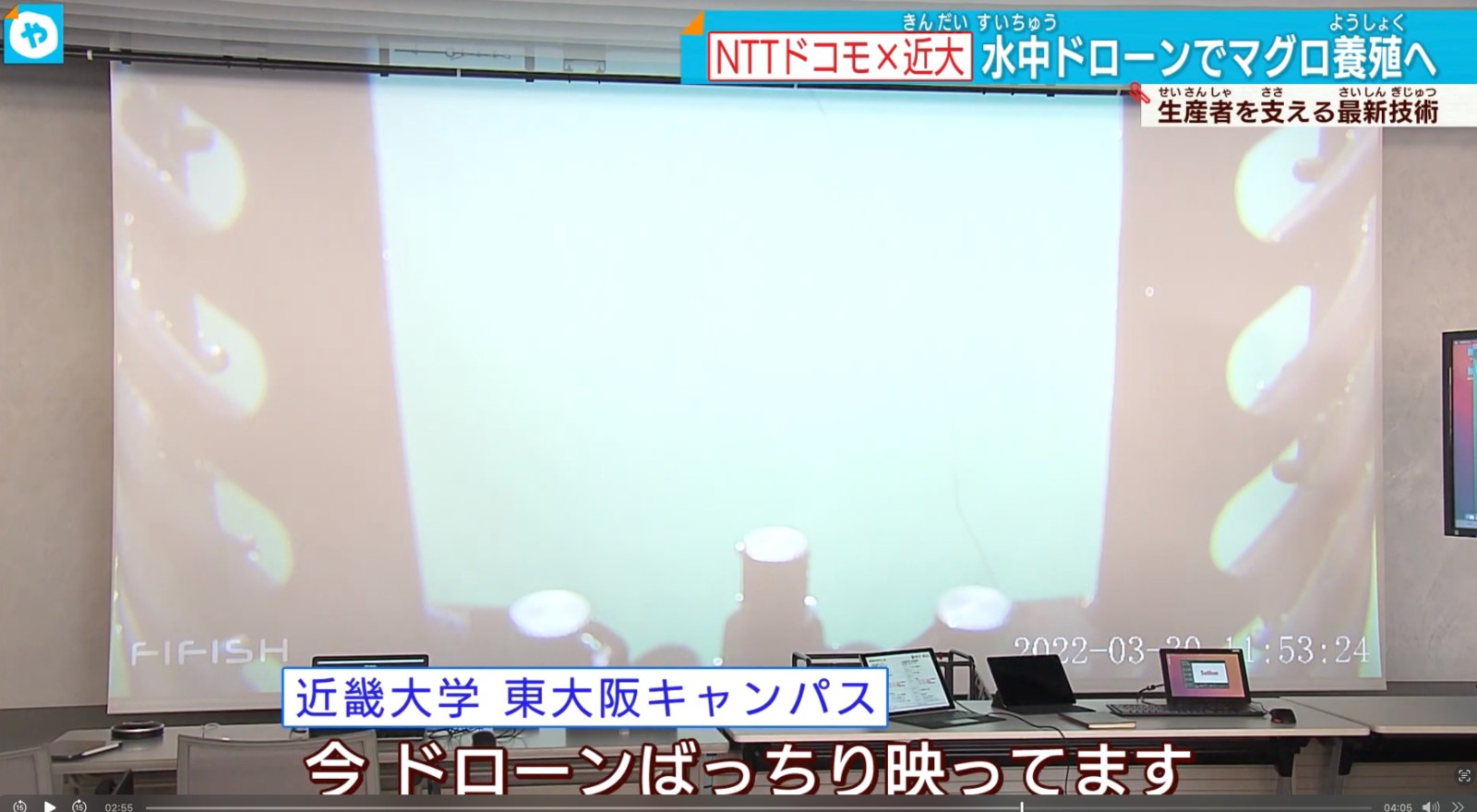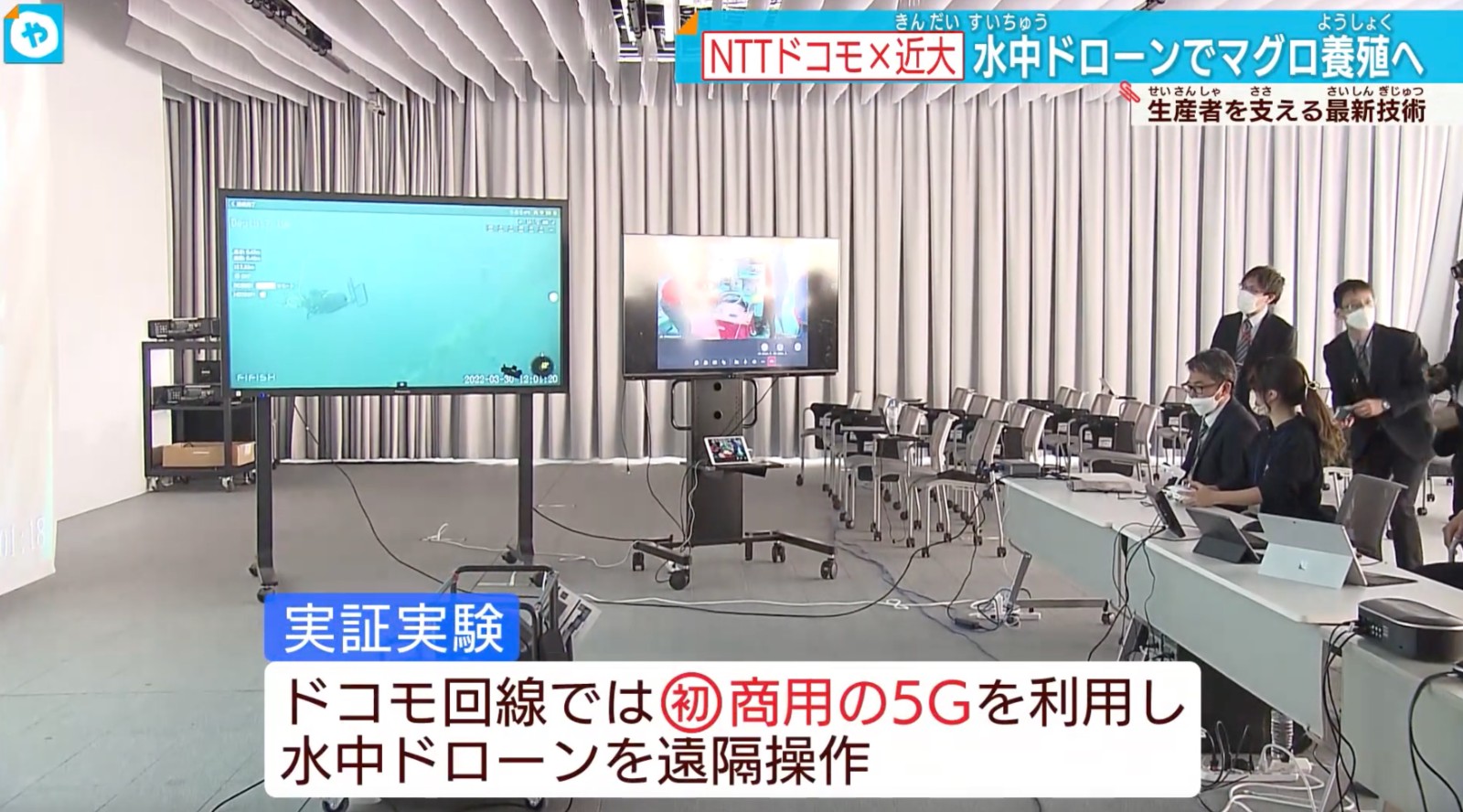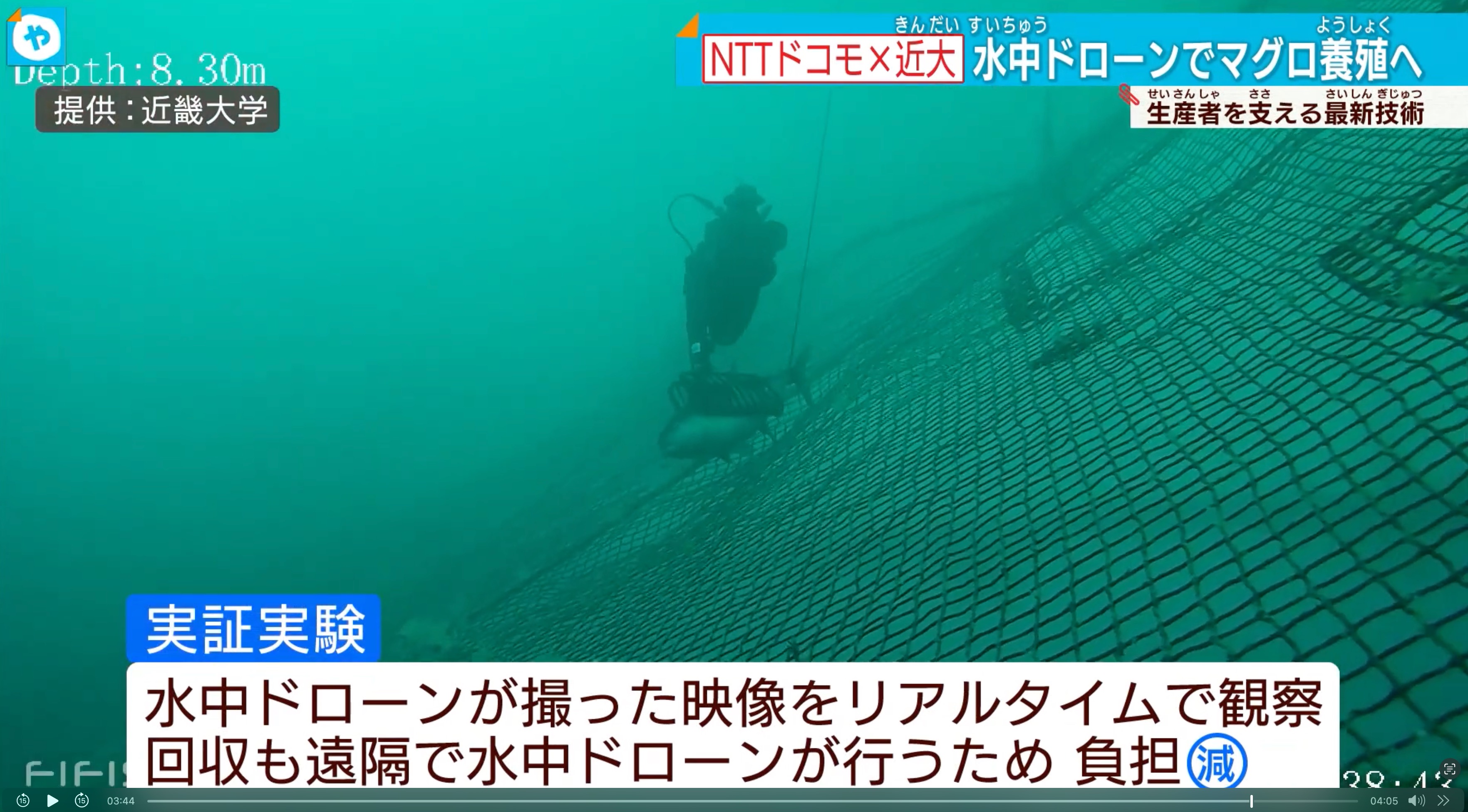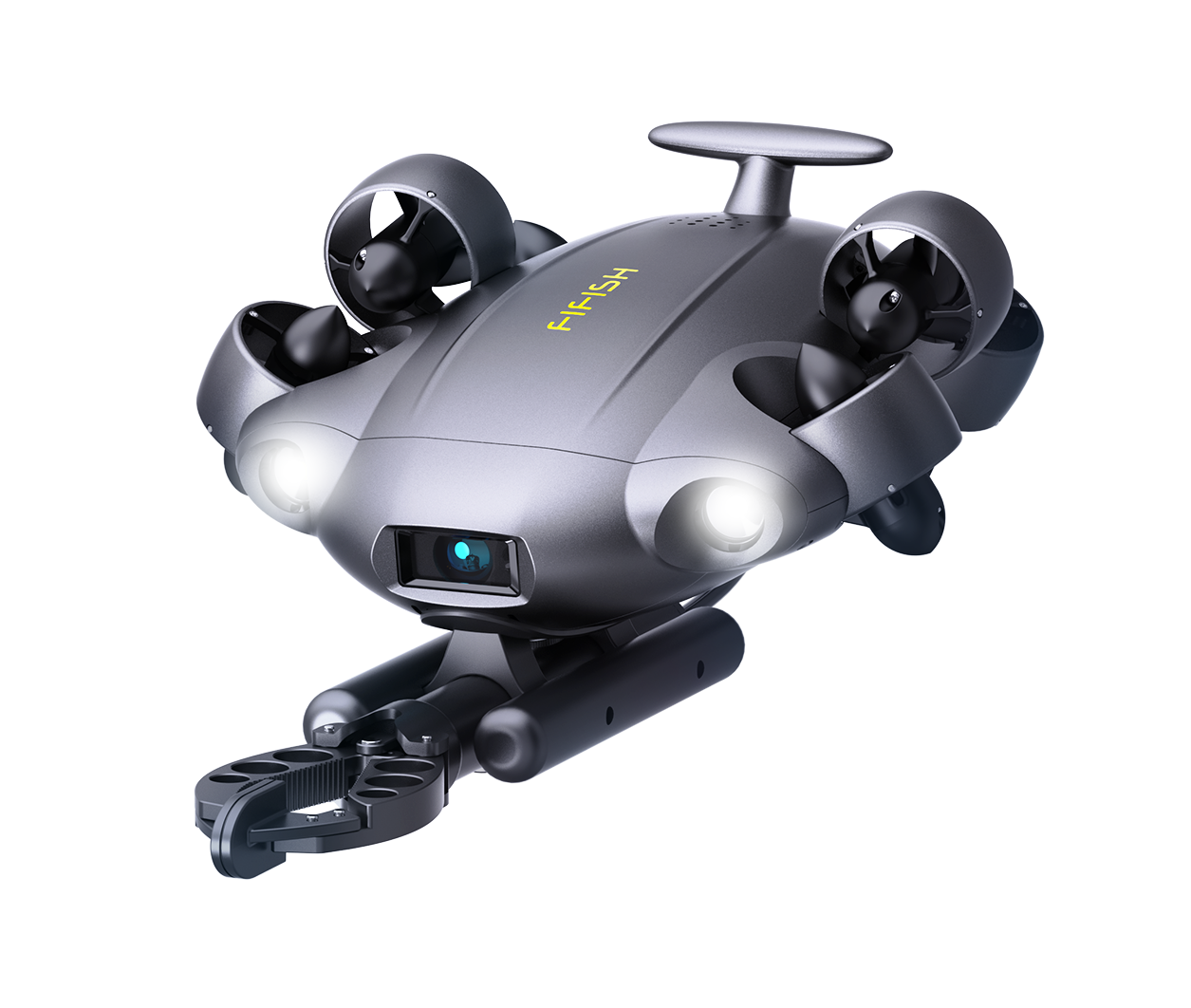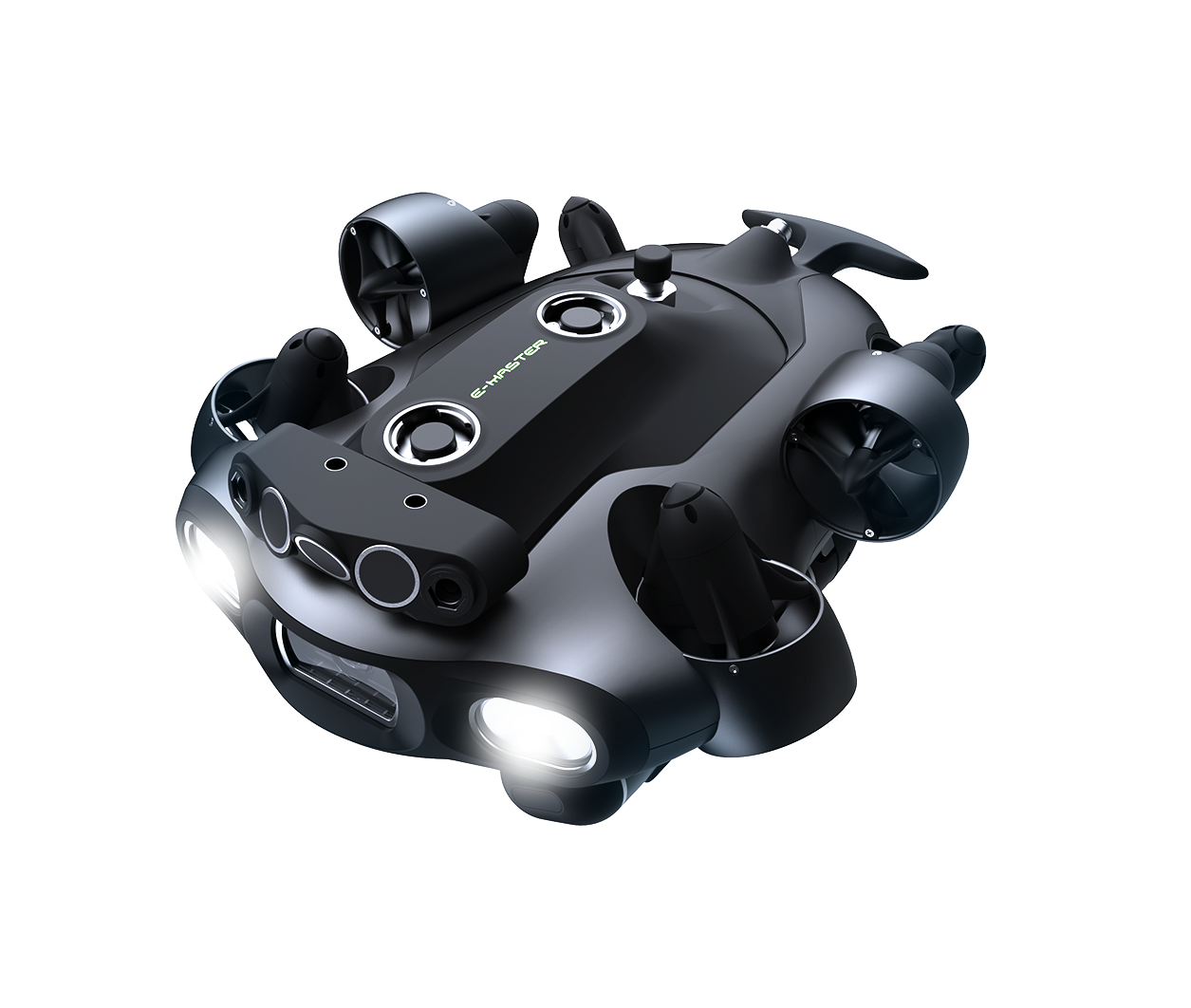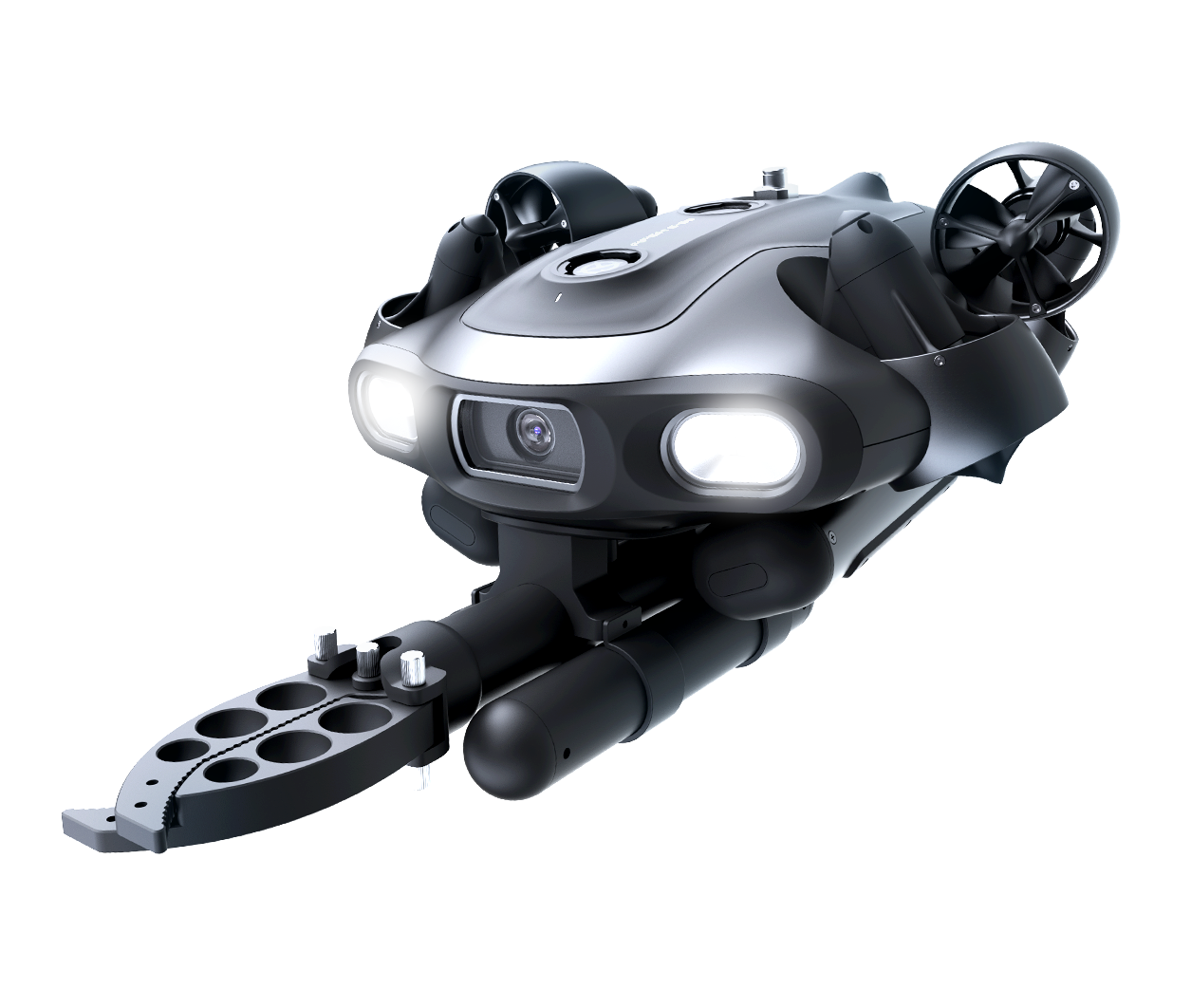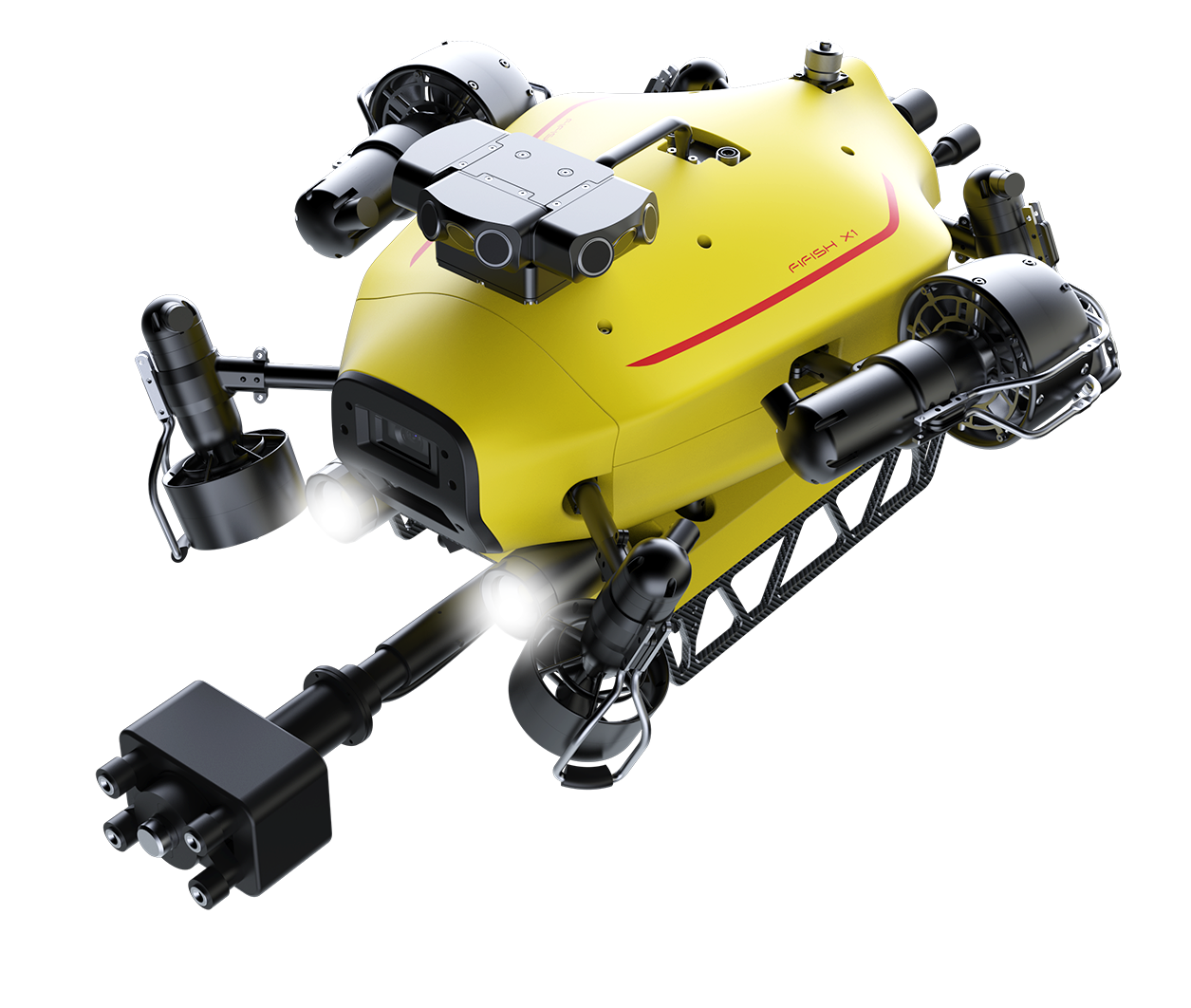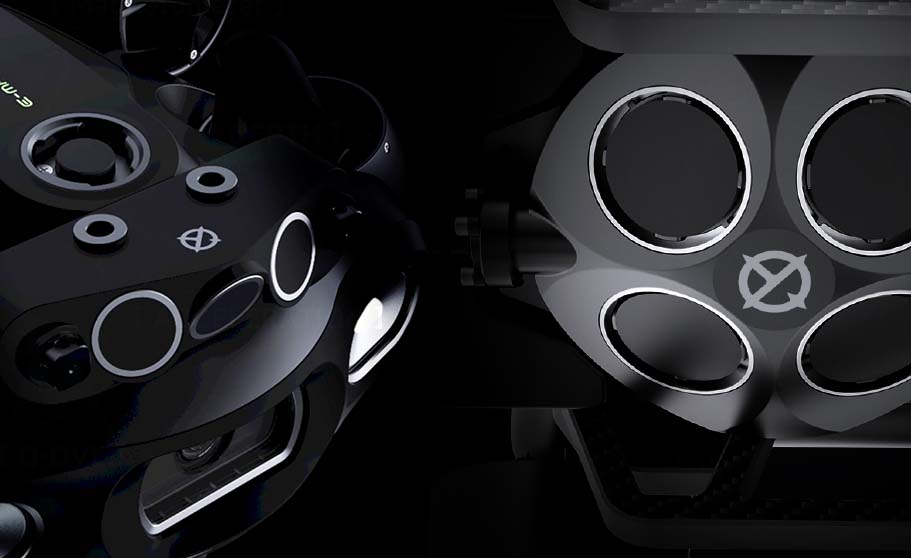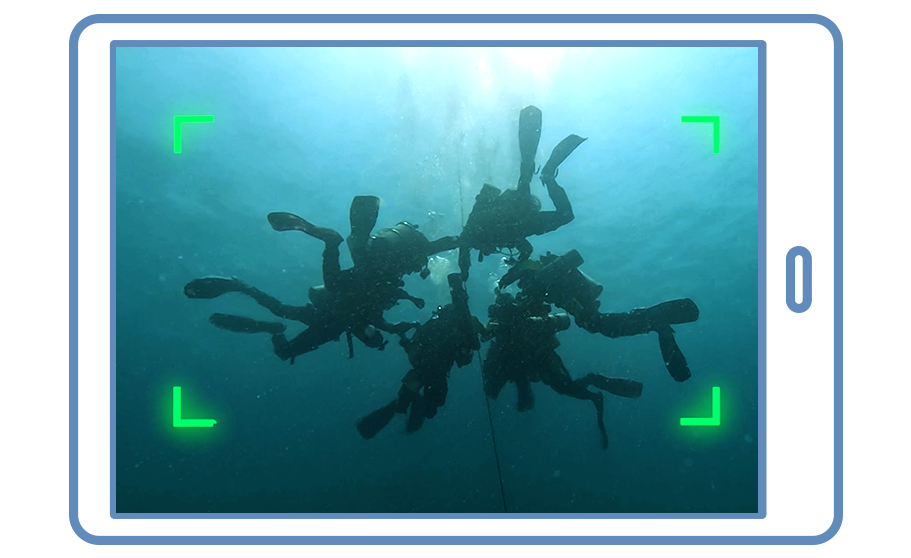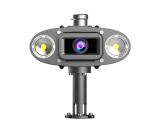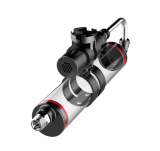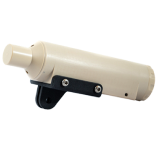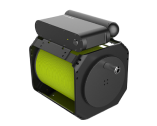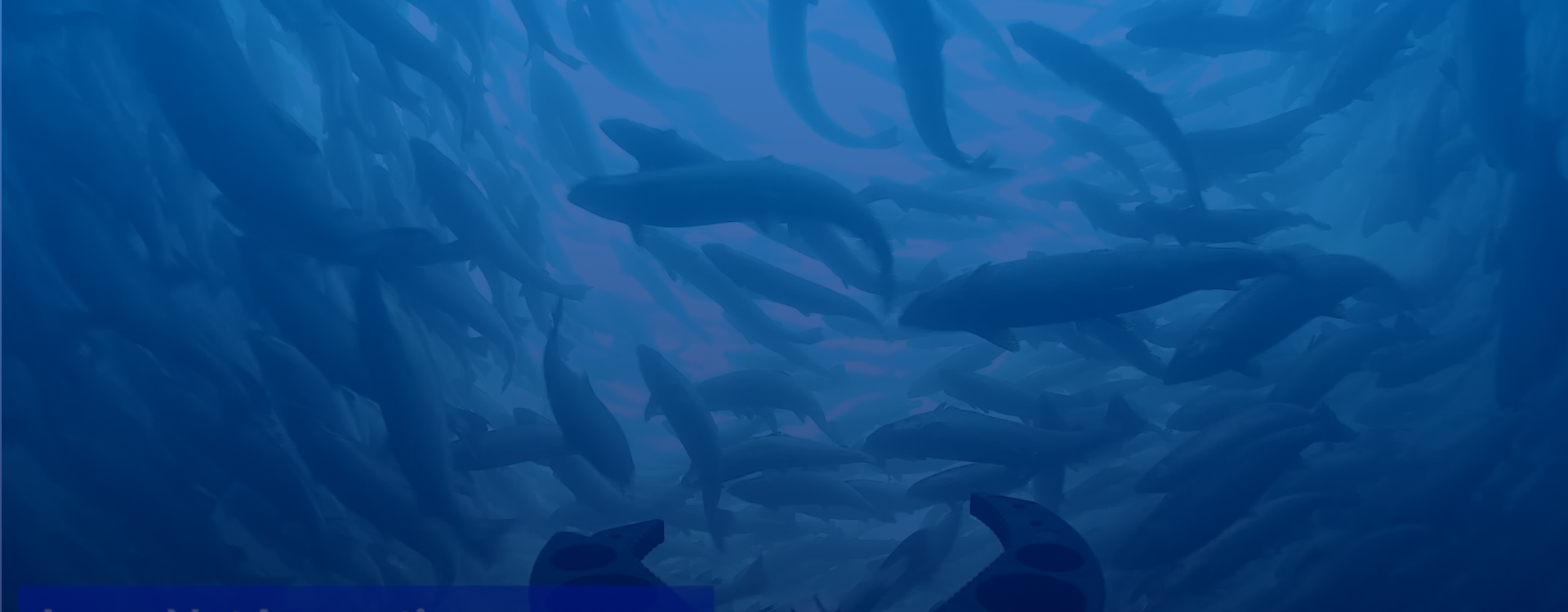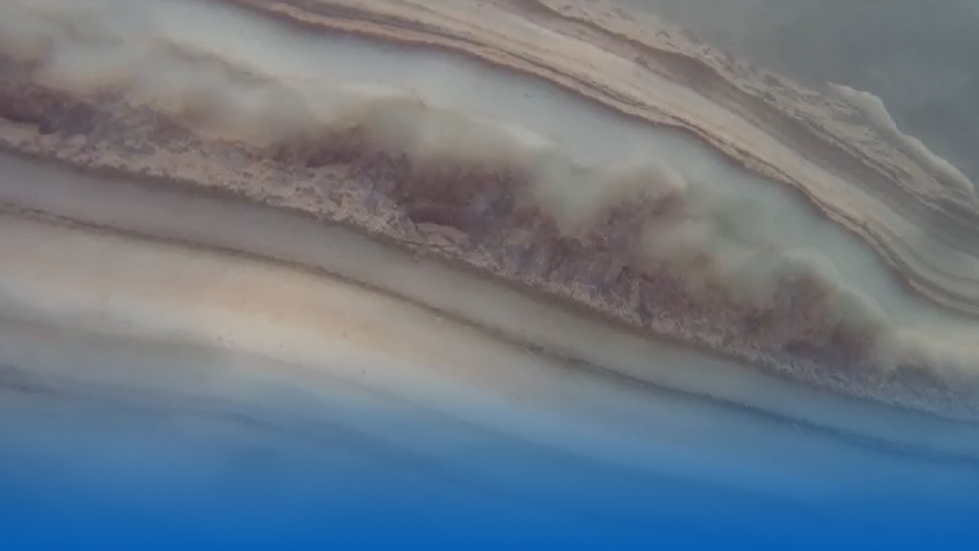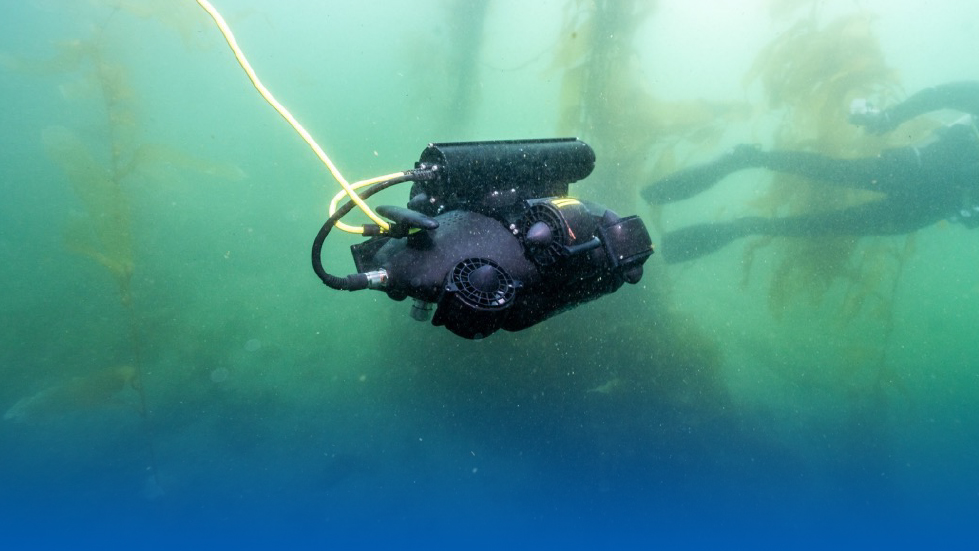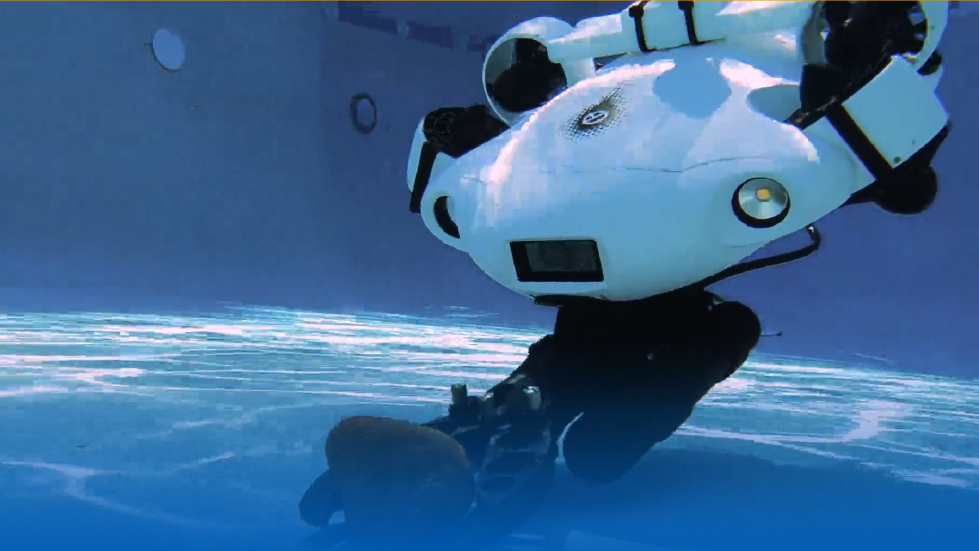Japan's Fish Farm Embraces Smart Technologies
2025-01-17
QYSEA FIFISH Underwater ROV Powers Smart Aquaculture in Japan
Japan • March 2022
Background & Challenges: High Costs and Inefficiencies in Aquaculture
In Japan, aquaculture is crucial for key commercial species like mackerel and tuna. However, rising operating costs, labor-intensive feeding, and resource waste remain obstacles to long-term success. Feed alone can account for as much as 80% of a farm’s budget, and manual methods frequently lead to overfeeding and unnecessary waste. Farms in Ehime Prefecture sought an advanced, eco-friendly solution to streamline feeding and reduce costs.
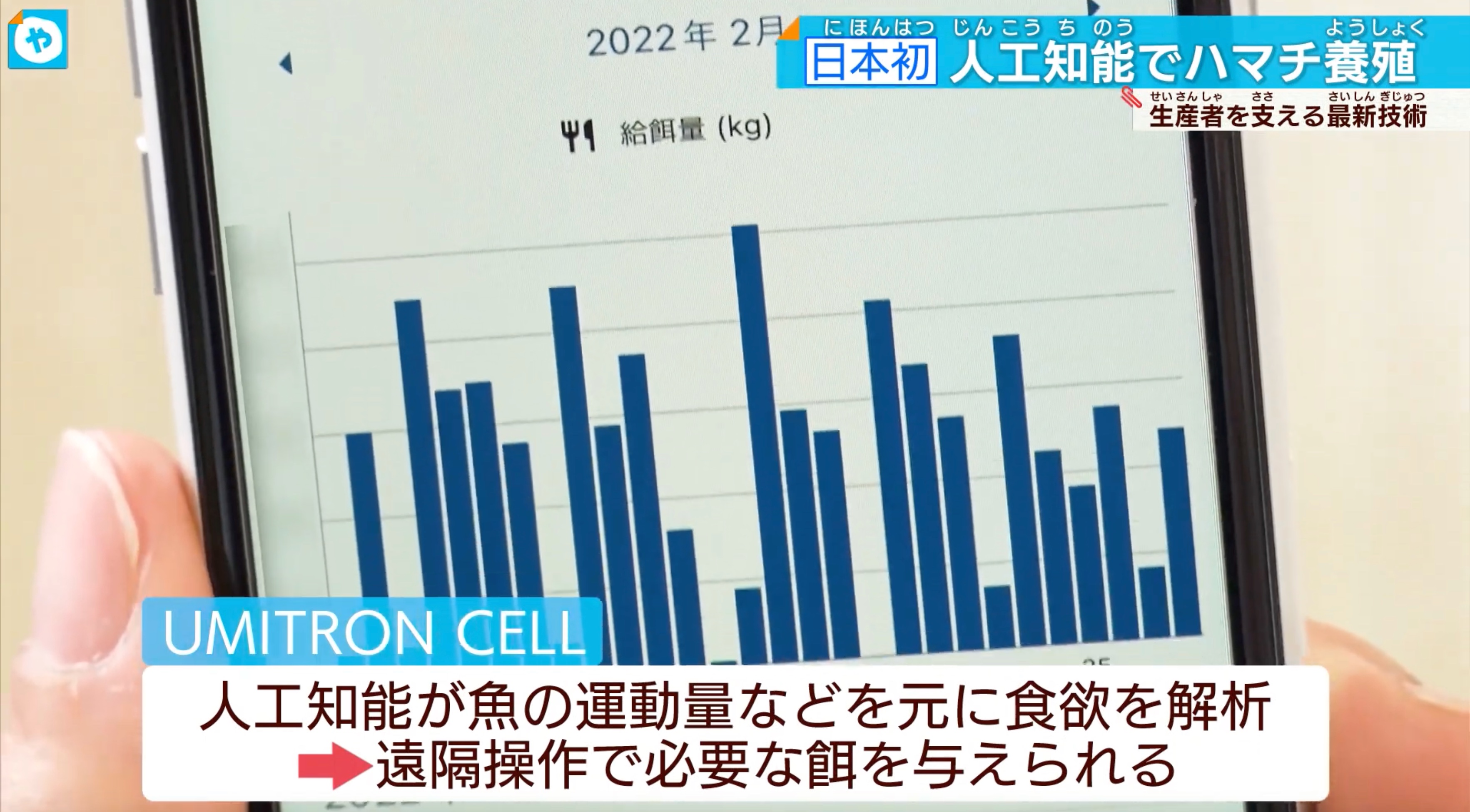
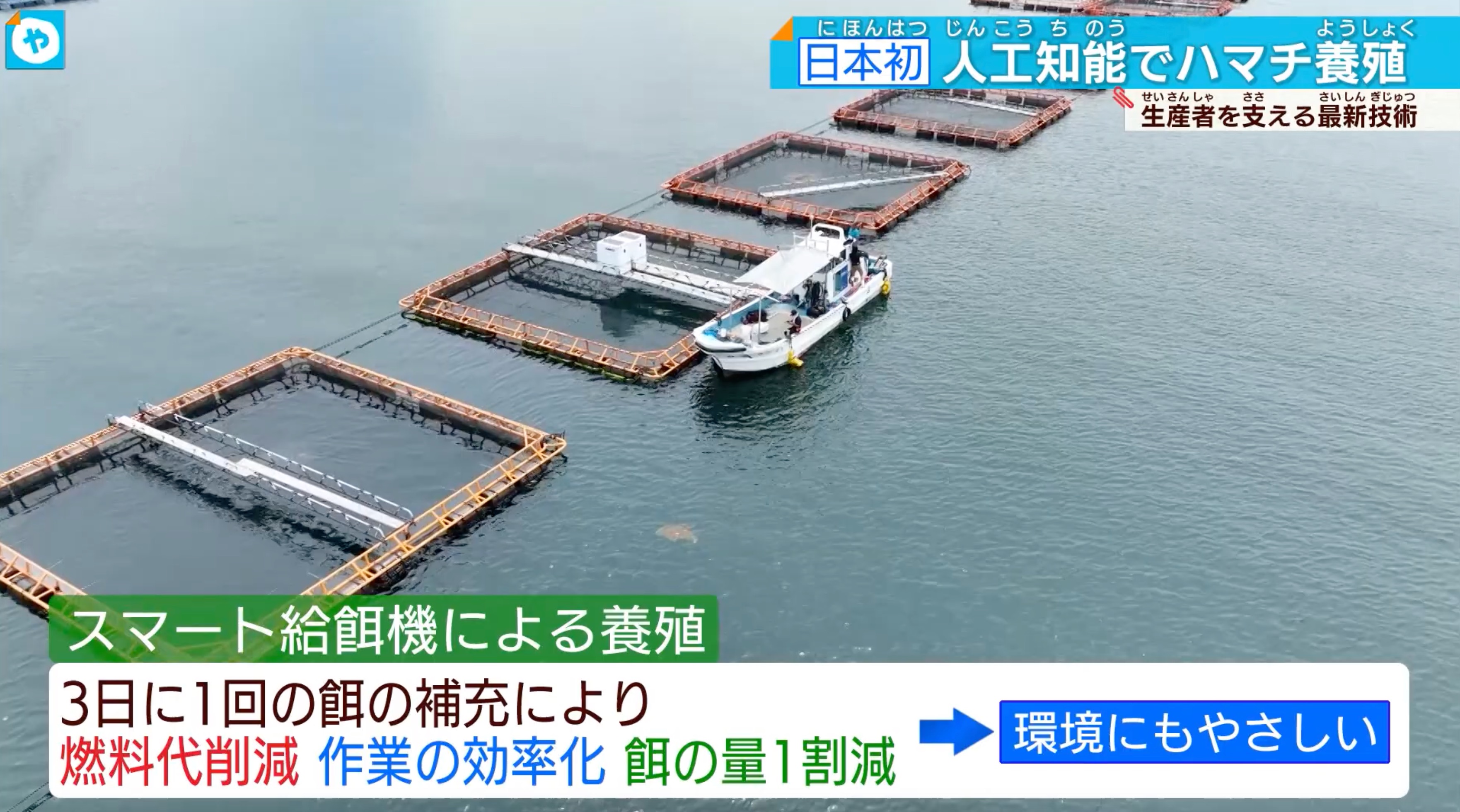
UMITRON CELL: An Intelligent Feeding System
UMITRON CELL employs a solar-powered AI feed dispenser to move beyond conventional feeding routines. By analyzing fish behavior and appetite data, it automatically regulates feed volume, minimizing labor and waste. Instead of daily feed restocking, farmers only need to add more every three days. Remote monitoring via smartphones underscores aquaculture’s broader transition from labor-intensive practices to smart, data-driven management.
QYSEA FIFISH ROV: Underwater Monitoring for 5G-Enabled Smart Farming
Building on the foundation of intelligent feeding, QYSEA’s FIFISH ROV further strengthens aquaculture oversight. Incorporating Q-DVL precise navigation, 360° mobility, and a 4K camera, the ROV captures high-definition images even in murky or choppy waters. This lets farm operators keep a close eye on fish feeding behavior, health indicators, and the overall underwater environment. Depth-hold and anti-current hover functions improve operational precision and reduce risk during underwater tasks.
Kindai University and NTT Docomo have joined forces to integrate 5G connectivity with underwater robotics, enabling rapid video feeds and environmental data retrieval in real time at tuna farming sites. This innovation fosters on-the-spot decision-making and further boosts aquaculture management efficiency.
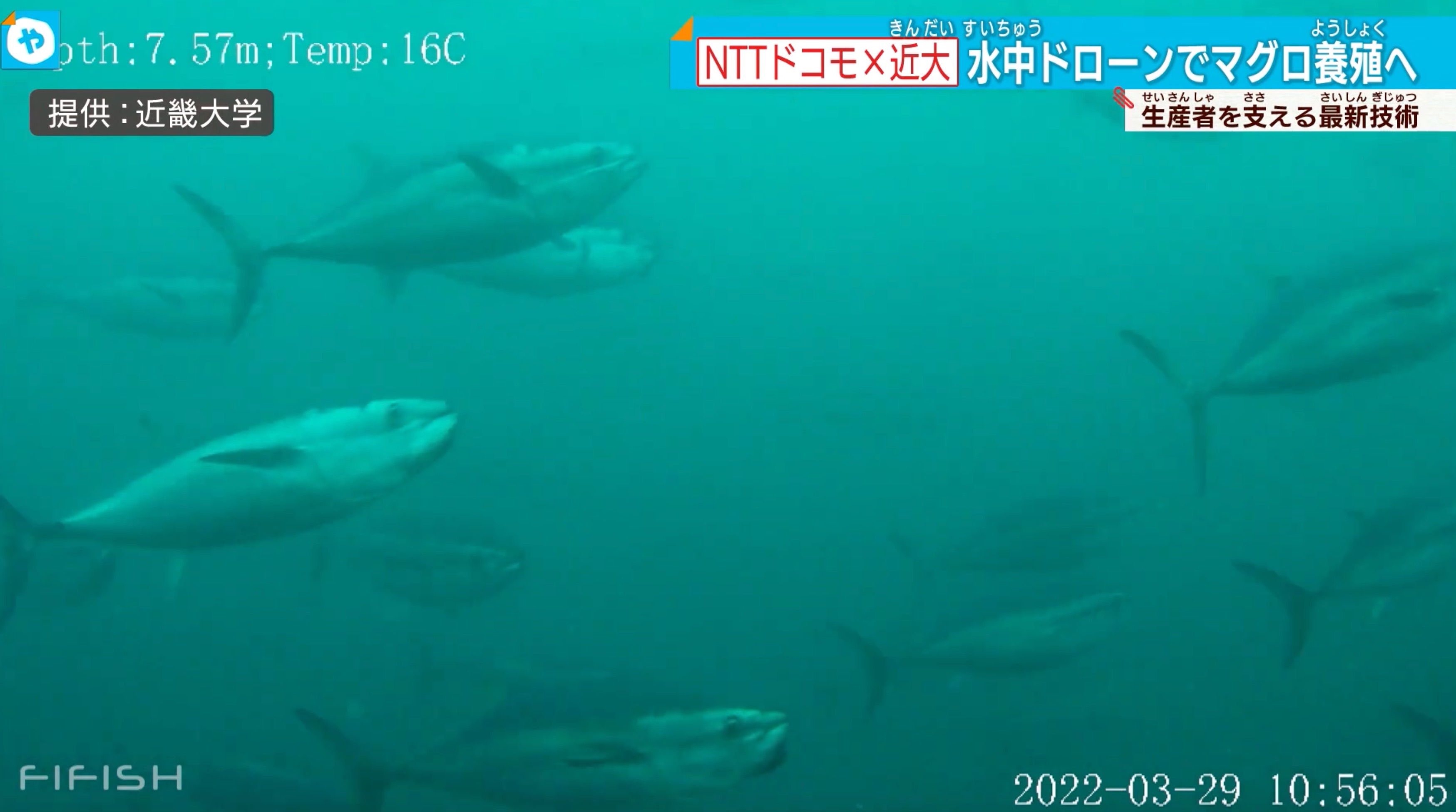
Driving Sustainability and Profitability in Aquaculture
By combining intelligent feeding strategies with QYSEA’s FIFISH ROV, fish farms throughout Japan have substantially reduced feed costs, improved fish health oversight, and lowered their environmental impact. Farm operators report dramatic reductions in feed waste and operating expenses, highlighting a replicable model for others in the sector. This case illustrates how next-generation underwater robotics can support a profitable and eco-conscious future in aquaculture.
